Campbell of Breadalbane: History, Heraldry, and Tartan
by Teresa Finn on Aug 22, 2024
Table of Content
The history of Clan Campbell of Breadalbane is a vibrant tapestry woven with tales of honor, ambition, and tradition. Originating from the Scottish Highlands, this clan has played a pivotal role in Scotland's social, political, and cultural landscape. The Campbells, known for their resilience and adaptability, have left an indelible mark on local and national histories, establishing strong familial ties through centuries of strife and achievement. Through a journey that takes us from their origins to their significant contributions today, we will delve deep into the essence of the Clan Campbell of Breadalbane, exploring its territory, history, heraldry, and much more.
Origins of Clan Campbell of Breadalbane
The Clan Campbell of Breadalbane (Glenorchy) descends from Black Colin of Glenorchy, the third son of Sir Duncan Campbell of Loch Awe, 1st Lord Campbell, and Lady Marjorie Stewart. In the late 15th century, after the dispersal of the MacGregors from Glenorchy, Sir Duncan gifted these lands to Black Colin. Through his marriage to one of the co-heiresses of John, Lord of Lorne, Black Colin also inherited a third of the lands of Lorne. This expansion solidified the foundations of the Breadalbane branch of the Campbell family, marked by the construction of Kilchurn Castle, which strategically positioned the clan at the gateway to the Western Highlands.
Territory of Clan Campbell of Breadalbane
The territory of Clan Campbell of Breadalbane, centered in the Scottish Highlands, includes vital regions such as Glenorchy, Perthshire, and Argyll. These lands, granted by Sir Duncan Campbell of Loch Awe to his son, Black Colin of Glenorchy, formed the core of the clan's domain. Additionally, through Black Colin’s marriage, the clan expanded into Lorne. The Campbell of Breadalbane controlled extensive tracts of land, with Kilchurn Castle serving as a stronghold. The territory was so vast that the Chief of Glenorchy could traverse from Loch Tay to the coast of Argyll without leaving clan lands, underscoring their significant influence in the region.
Clan Campbell of Breadalbane History
The history of Clan Campbell of Breadalbane is distinguished by its significant influence in the Scottish Highlands and broader Scottish history. The Breadalbane branch, descending from Black Colin of Glenorchy, gained prominence in the late 15th century after the Campbells secured Glenorchy and expanded their territory through strategic marriages and land acquisitions. This set the foundation for the clan’s rise to power in Scotland.
In the 17th century, John Campbell of Glenorchy was elevated to the peerage as the 1st Earl of Breadalbane and Holland. This title reinforced the clan's influence in both political and military matters. John Campbell's diplomatic skills were crucial during the Jacobite uprisings. King William III entrusted him to negotiate with the Highland Jacobite chiefs. However, his role in the events surrounding the Glencoe Massacre in 1692 cast a long shadow over his legacy. Although he did not directly order the massacre, his involvement in delaying the disarmament of Clan MacDonald and the ambiguous terms of the peace agreement facilitated the tragedy, leading to widespread condemnation.

Despite this dark chapter, the Campbell of Breadalbane retained their power and continued to expand their estates throughout the 18th and 19th centuries. The clan reached the peak of its influence in 1831 when John, the 4th Earl of Breadalbane, was created the 1st Marquess of Breadalbane. Although the marquessate became extinct with the death of the 2nd Marquess, the historical impact of the Breadalbane Campbells remains a lasting part of Scottish heritage.
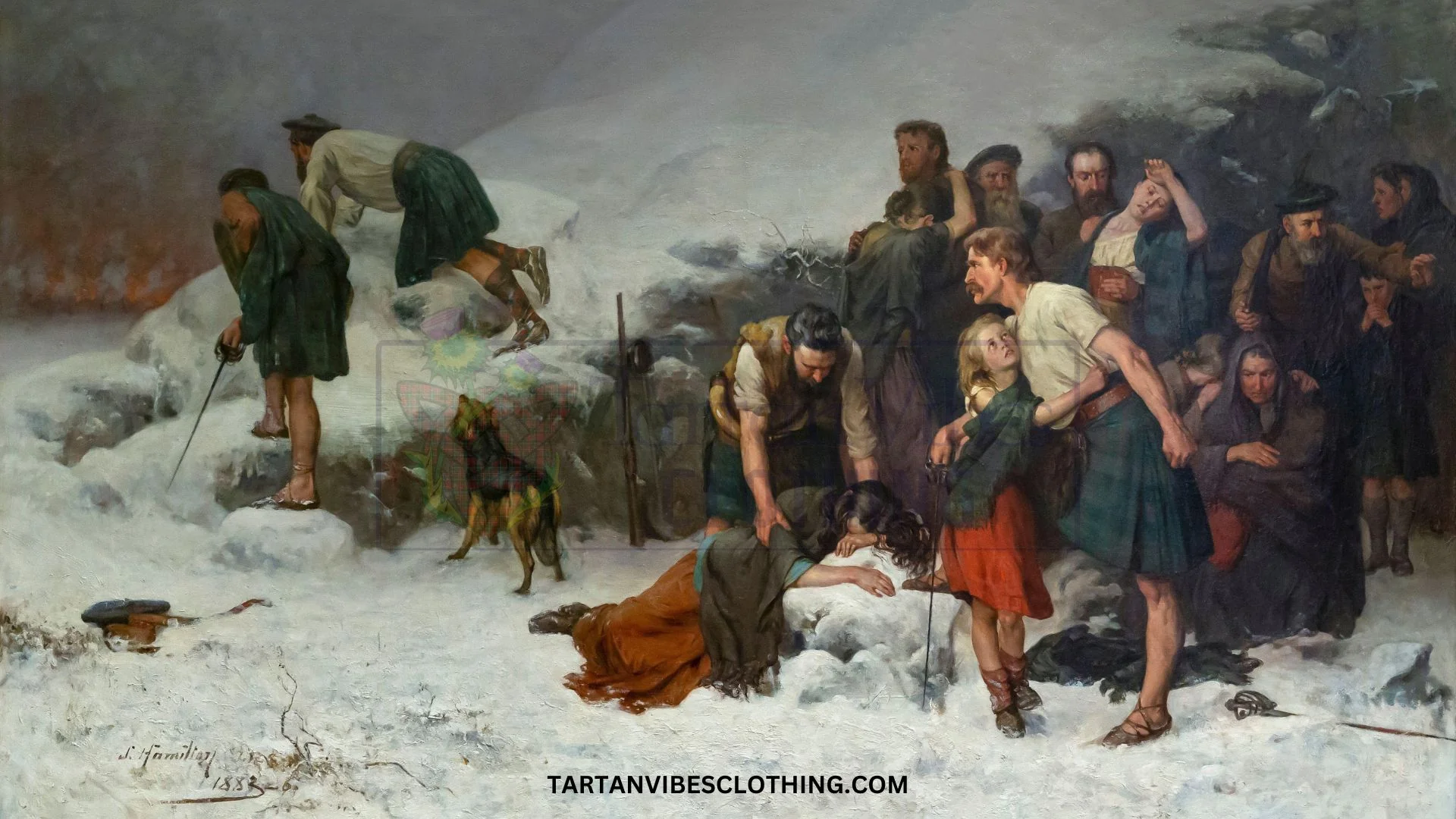
Do you know why Clan Campbell is one of the most controversial clans in Scotland? Click to reveal the reasons!
Why is the Campbell Clan Hated? Key Reasons Revealed
Clan Campbell of Breadalbane Coat Of Arms
The Coat of Arms of Clan Campbell of Breadalbane is a distinguished emblem that reflects the clan's rich heritage and significant alliances. It is composed of several elements, each symbolizing different aspects of the clan's history and connections.
The first and fourth quarters of the coat of arms feature a design known as "gyronny of eight Or and Sable", which is characteristic of the Campbell family. This pattern, alternating gold, and black triangles represents the traditional heraldic colors of the Campbells and symbolizes their strength and enduring legacy.
In the second quarter, the coat of arms displays an argent (silver) background with a lymphad, a type of medieval ship, depicted with sails furled, flags and pennants flying in red (gules), and oars in action, shown in black (sable). This element represents the Lordship of Lorne, signifying the Campbell of Breadalbane's inheritance of these lands through marriage to one of the co-heiresses of John, Lord of Lorne. The lymphad is a traditional Scottish heraldic symbol associated with maritime power and the clan's control over the coastal regions of the Scottish Highlands.
The third quarter of the coat of arms features a fess chequy, a band across the shield with a checkered silver (argent) and blue (azure) pattern. This design represents the Stewart family, specifically the Hereditary High Stewards of Scotland, indicating the Campbell of Breadalbane's connection to this prominent Scottish lineage. The Stewart Fess chequy highlights the Campbell family's noble alliances and their significant role in Scottish history.
The Coat of Arms of Campbell of Breadalbane, specifically for the Campbell of Glenorchy, was officially recorded in the Ordinary of Arms between 1672 and 1677. This coat of arms is a powerful symbol of the clan's identity. It illustrates the Campbell of Breadalbane's prominence within the Scottish nobility, reflecting their vast territorial holdings, maritime influence, and distinguished heritage.
Clan Campbell of Breadalbane Crest
Description of the Crest
The Campbell of Breadalbane Clan Crest is a symbol steeped in history and significance. It prominently features a boar's head, a powerful emblem that represents courage, strength, and resilience. This distinctive crest is a proud mark of the Breadalbane branch of the Campbell Clan, reflecting their enduring spirit and noble heritage. The boar's head in the crest signifies the clan's readiness to face challenges head-on, embodying a legacy of bravery and determination.
Significance of the Symbols
The boar's head in the Campbell of Breadalbane crest is a powerful symbol of courage, strength, and resilience. It reflects the clan's unwavering determination to defend their heritage and face challenges head-on. This emblem not only signifies the clan's martial prowess but also their commitment to justice and moral integrity, emphasizing the balance between bravery and ethical leadership. The boar's head serves as a reminder of the clan's proud traditions and their responsibility to protect and uphold their community.
Clan Campbell of Breadalbane Tartan

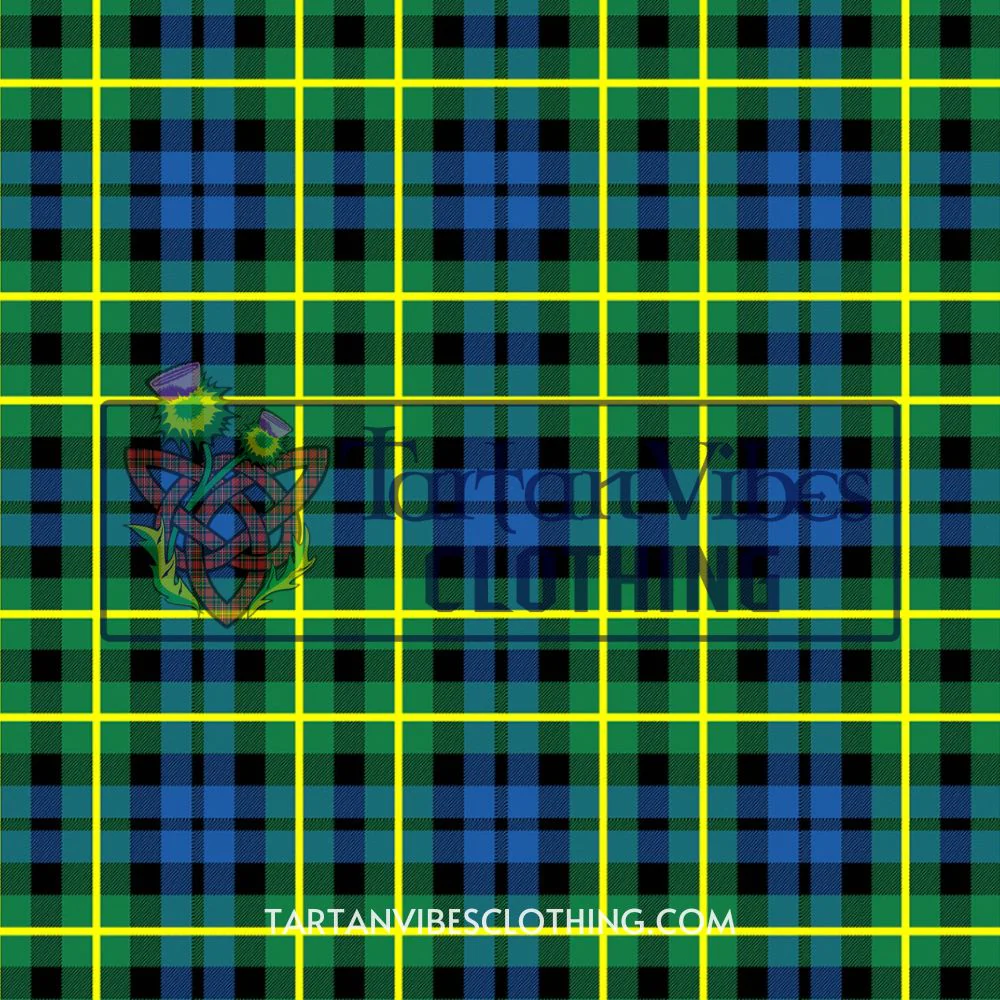
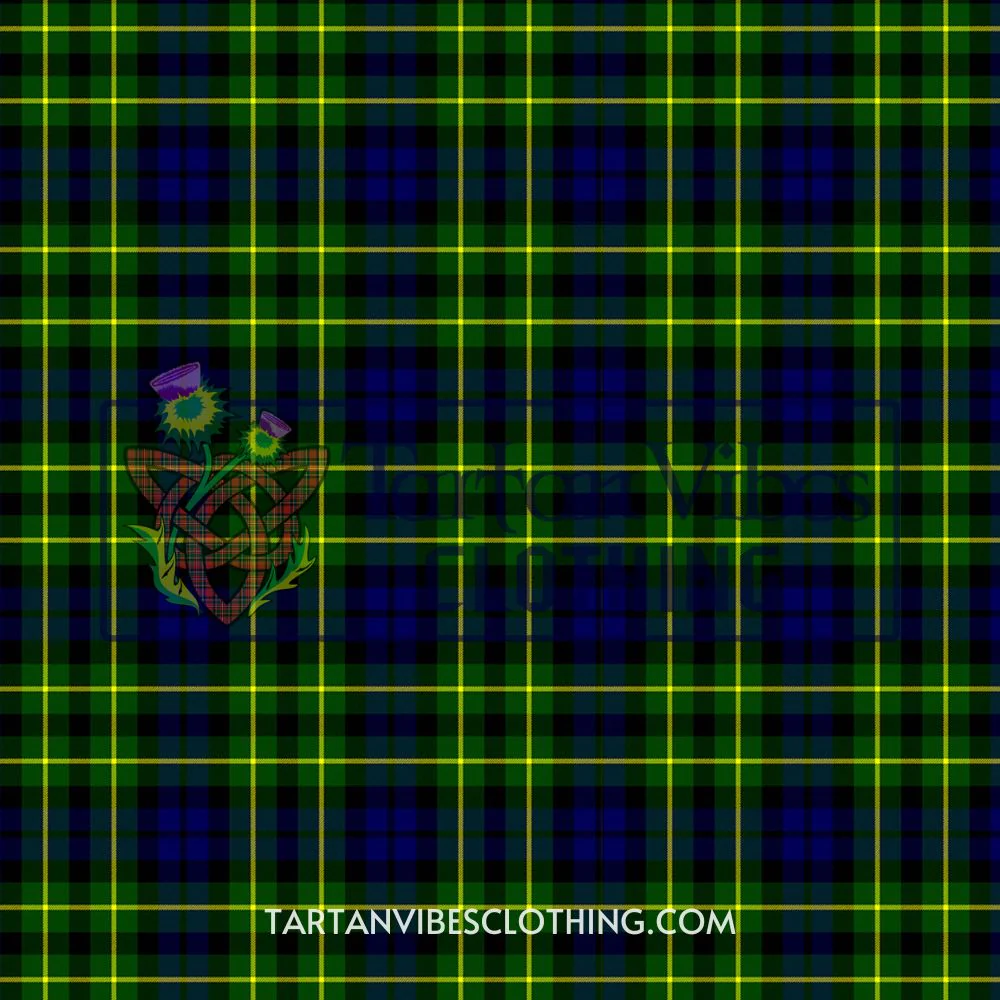
The Campbell of Breadalbane tartan is a distinctive and historically significant pattern traditionally worn by members of the Breadalbane or Glenorchy branches of Clan Campbell. First seen in 1810, it is rooted in the broader Clan Campbell tartan but distinguished by its unique color scheme. The tartan features navy blue, green, and black, with the addition of yellow stripes, creating a vibrant and recognizable pattern.
The Campbell of Breadalbane tartan has been documented in several notable publications, including Thomas Smibert's The Clans of the Highlands of Scotland (1850), D.W. Stewart's Old and Rare Scottish Tartans (1893), and D.C. Stewart's The Setts of the Scottish Tartans (1950). J. Logan detailed the specific thread count of this tartan in The Scottish Gael (1831).
In his 1985 work Campbell Tartan, Alastair Campbell of Airds the younger lists the Campbell of Breadalbane tartan as one of the four approved Campbell tartans, alongside the Campbell (also known as "Ancient Campbell" or "Campbell Ancient"), Campbell of Cawdor, and Campbell of Loudoun. This tartan remains a symbol of the clan's rich heritage and continues to be worn with pride by its members.
In contemporary society, the Campbell of Breadalbane tartan continues to be worn proudly by clan members during formal events, gatherings, and celebrations. It serves as a symbol of unity, fostering connections among those who wear it.
Discover the timeless traditions of the Clan Campbell of Breadalbane Tartan through our collection of tartan products on our website. And bring a piece of the clan's history into your present. 🔥
Campbell of Breadalbane Castle
Kilchurn Castle
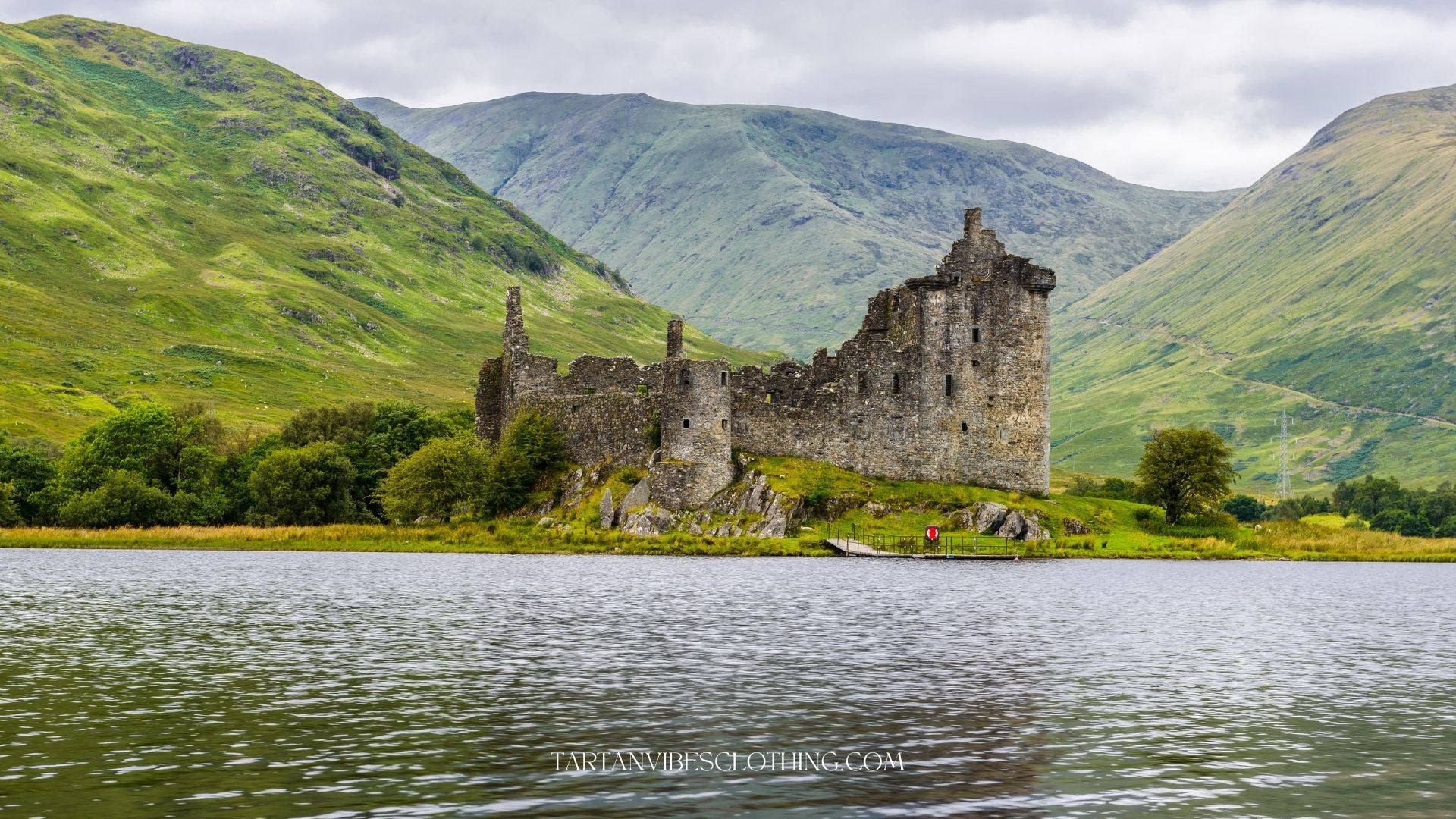
Kilchurn Castle, located on Loch Awe in Argyll, was built in 1440 by Sir Colin Campbell of Glenorchy. This castle is one of the most iconic landmarks tied to the Campbell of Breadalbane. According to tradition, it was constructed by Sir Colin’s wife while he was away on a Crusade, making it a site rich in history and legend. The castle served as a critical fortress guarding the gateway to the Western Highlands, and its picturesque ruins continue to attract visitors today.
Taymouth Castle
Another significant castle is Taymouth Castle in Kenmore, Perthshire, built in 1550 by Colin Campbell of Glenorchy on the site of the former Balloch Castle. Taymouth Castle later became a grand residence that reflected the immense wealth and status of the Breadalbane Campbells. In 1842, it hosted Queen Victoria and Prince Albert as guests of the Marquess of Breadalbane, marking its importance in both social and political spheres. Although the estate was broken up after World War I and the castle is currently unoccupied, it is preserved by a full-time caretaker, symbolizing the clan's grandeur.
Edinample Castle
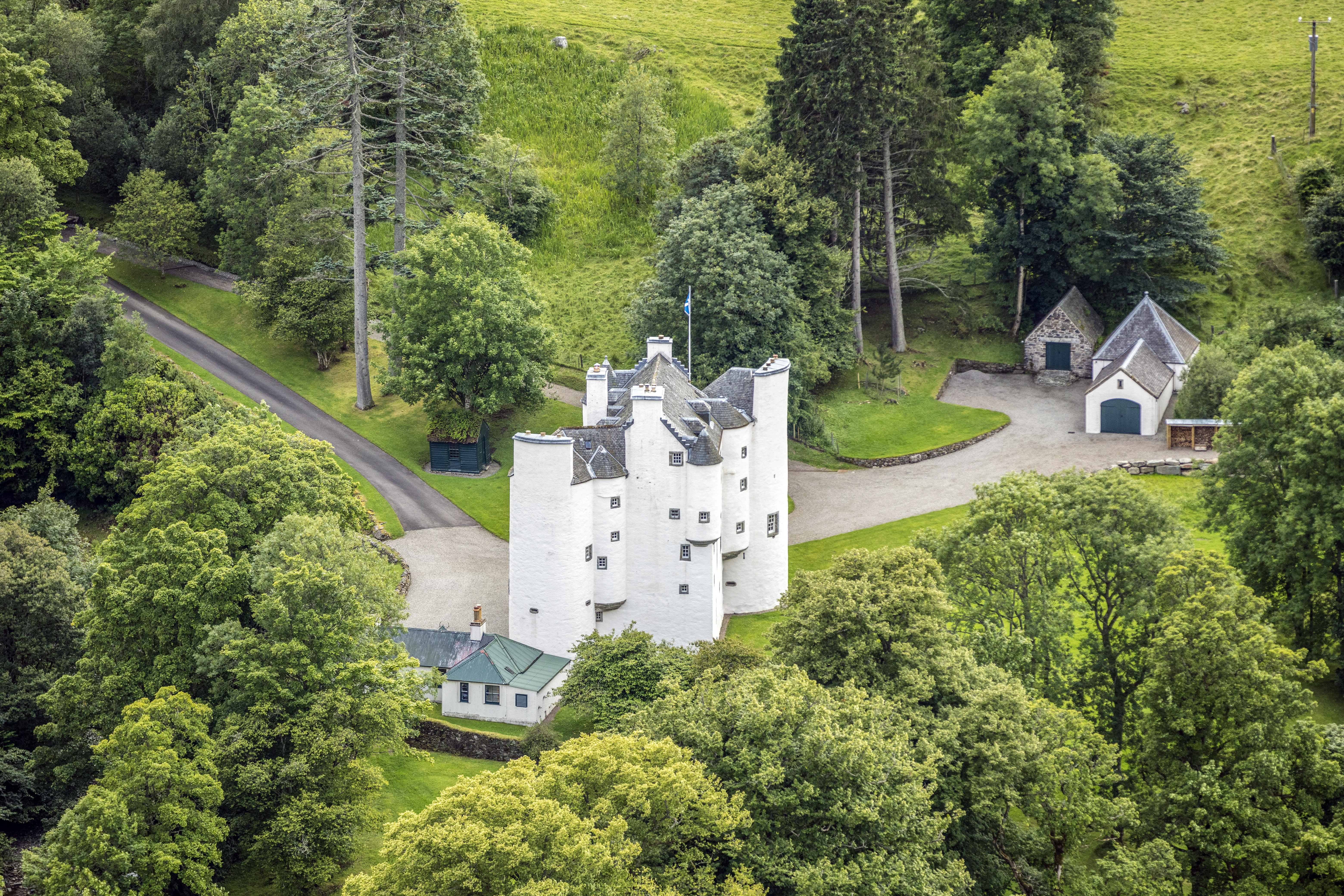
Edinample Castle, situated on Loch Earn in Perthshire, was built in the 17th century by Sir Duncan Campbell. This castle was erected on the site of a former MacGregor stronghold, reflecting the Campbells’ strategy of securing and fortifying key locations within their territory. The castle's location offered strategic defense and showcased the blend of practicality and prestige that characterized Campbell's constructions.
Finlarig Castle
Conclusion
Frequently Asked Questions
What is the history of the Campbells of the Breadalbane clan?
The Campbell of Breadalbane (Glenorchy) descend from Black Colin of Glenorchy, 3rd son of Sir Duncan Campbell of Loch Awe, 1st Lord Campbell, by his wife Lady Marjorie Stewart.
What is the most feared Scottish clan?
Number one is Clan Campbell of Breadalbane. The feud between the MacGregors and the Campbells is well documented but Sir Malcolm said this strand of the Campbells was particularly feared given its dominance over a large swathe of Scotland - and its will to defend it at all cost.
What is the origin of the Clan Campbell of Breadalbane?
The Clan Campbell of Breadalbane (Glenorchy) descends from Black Colin of Glenorchy, the third son of Sir Duncan Campbell of Loch Awe. The clan's origins are rooted in the Scottish Highlands, particularly in the late 15th century, when they expanded their territory through strategic marriages and land acquisitions.
How is Clan Campbell of Breadalbane connected to the Glencoe Massacre?
John Campbell, 1st Earl of Breadalbane, played a controversial role in the events surrounding the Glencoe Massacre of 1692. Although he did not directly order the massacre, his involvement in delaying the disarmament of Clan MacDonald and the ambiguous terms of the peace agreement led to widespread condemnation.








